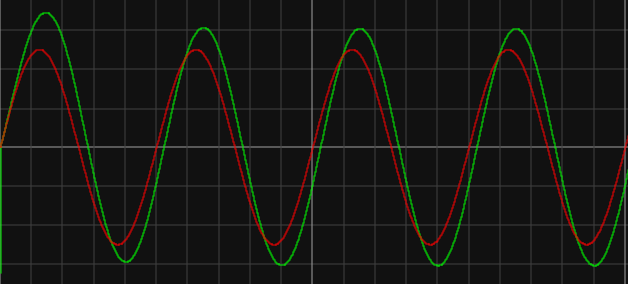The transmission of data over long distances is a fundamental process that impacts our daily lives. It’s a complex process of signals, information, and technologies, and at the heart of everything are waveforms. These waveforms are essential in conveying data over vast distances, and their modulation is key to the successful exchange of information. In today’s post, we will explore how waveforms are harnessed for long-distance data transmission and the various modulation techniques involved.

Understanding Waveform Modulation
Waveforms, typically represented as sine waves, serve as the carriers of data in long-distance communication. The process of using waveforms to transmit data involves modulation, where the data signal is used to alter certain properties of the waveform. The most common properties subject to modification are amplitude, frequency, and phase.
At the transmitting end, the data signal acts as the driver for this modulation process. The modulated waveform, bearing the imprints of the data signal, is then dispatched over the chosen communication medium, which can range from copper wires to coaxial cables or even radio waves.
Receiving the modulated waveform is just the beginning of the journey. To retrieve the original data signal, demodulation comes into play. A demodulator, a device designed to reverse the effects of modulation, is employed. It skillfully deciphers the modulated waveform, unveiling the underlying data signal.
Waveform Modulation Techniques
There are several modulation techniques in the arsenal of data transmission, and their selection depends on various factors such as the communication medium, distance, and desired service quality. Here are a few of the most popular approaches:
Amplitude Modulation (AM): AM varies the amplitude of the waveform in accordance with the data signal.
Frequency Modulation (FM): FM changes the frequency of the waveform according to the data signal.
Phase Modulation (PM): PM adjusts the phase of the waveform in response to the data signal.
Let’s illustrate this process with an example using amplitude modulation:
• The data signal is first transformed into an electrical signal.
• This electrical signal is then used to modulate the amplitude of a sine wave carrier signal.
• The modulated carrier signal is sent over the chosen medium, be it a copper wire or another communication channel.
Upon reaching the receiver, the modulated carrier signal undergoes demodulation to extract the original data signal.
While this is a simplified example, it underscores the core principle of using waveforms to transmit data over long distances. In essence, the data signal acts as the conductor, shaping the waveform for transmission, and at the receiver’s end, the demodulator restores the original data signal.

Applications of Long-Distance Data Transmission
Waveforms are integral to a wide array of long-distance data transmission applications, including:
Radio Broadcasting
Radio broadcasting relies on waveforms to transmit audio content to a wide audience. AM and FM modulation are commonly used in radio broadcasting. AM is known for its simplicity and is often used for talk radio, while FM provides higher quality audio and is favored for music broadcasts.
Television Broadcasting
Television broadcasting leverages waveforms to transmit video and audio signals to households. It employs a complex combination of AM and FM modulation techniques to carry both visual and auditory data. Television signals can be transmitted via terrestrial broadcasting, cable, satellite, or digital means.
Satellite Communications
Satellite communications rely on waveforms to link distant locations globally. These systems involve transmitting data to and from satellites orbiting the Earth. The data sent to a satellite is modulated onto a carrier wave, beamed to the satellite, and then retransmitted to the target location.
Microwave Communications
Microwave communications employ microwave frequencies to transmit data over long distances. They are particularly popular for point-to-point links between towers or antennas.
Fiber Optic Communications
Fiber optic communications utilize light waveforms for data transmission. Fiber optic cables carry information in the form of light pulses. These cables offer enormous bandwidth and are capable of transmitting data over extended distances with minimal signal loss.
Cellular Networks
Cellular networks use various waveform modulation techniques to connect mobile devices to base stations. As you make calls, send texts, or use mobile data, your device’s signals are modulated and transmitted over the cellular network.
Computer Networks
Computer networks rely on a combination of wired and wireless transmission methods. Data packets are modulated for efficient transmission over local and global networks. This allows for the exchange of vast amounts of information, supporting everything from email and e-commerce to streaming media and cloud computing.
Waveforms play a pivotal role in modern communication systems, ensuring the swift and reliable transmission of data across vast distances. They are the unseen messengers that connect us in this digital age, underpinning the functionality of our interconnected world.
Additional Information